Let’s be honest, when it comes to eating healthy, sacrificing your favorite snacks and scrumptious desserts isn’t always easy. Saying goodbye to the pleasures of sugary, salty and fatty foods can be quite a challenge. However, sticking to a healthy diet doesn’t mean your meals have to be boring and tasteless. By using colors as a nutritional guide, healthy eating can be as magical as… eating a rainbow.
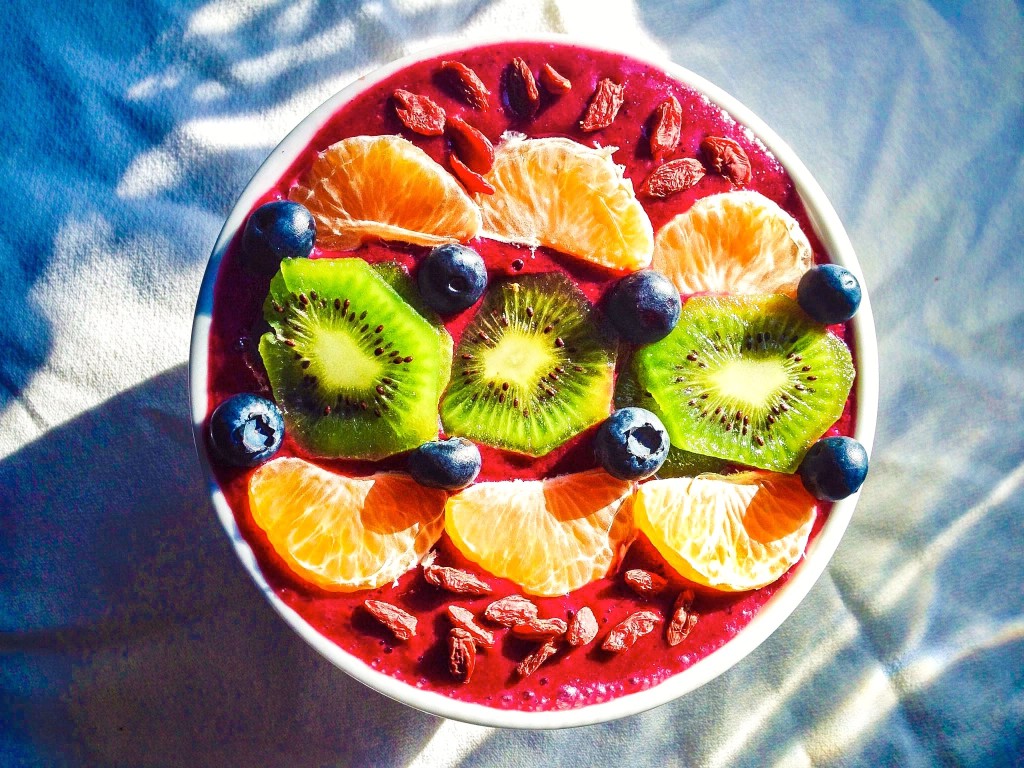
Photo by Danielle Cahoon
Sorry Skittle-lovers, I’m not saying those fruit-flavored sugary candies constitute a healthy diet. Fruits, vegetables and whole grains contain substances called phytochemicals which give plant based foods their vibrant colors and supply us with optimal nutrition. By filling your plate with a spectrum of color, you can harvest the health benefits of thousands of phytochemicals.
As an added bonus, colorful plant based meals make great foodstagrams (check out @vegan_healthspiration). Aim to include at least three different colors per meal to fully embrace the ‘eat the rainbow’ lifestyle. Along the way you’ll feel more energized, crave veggies and ward off disease – you might find that healthy eating really can be quite magical.
1. Red
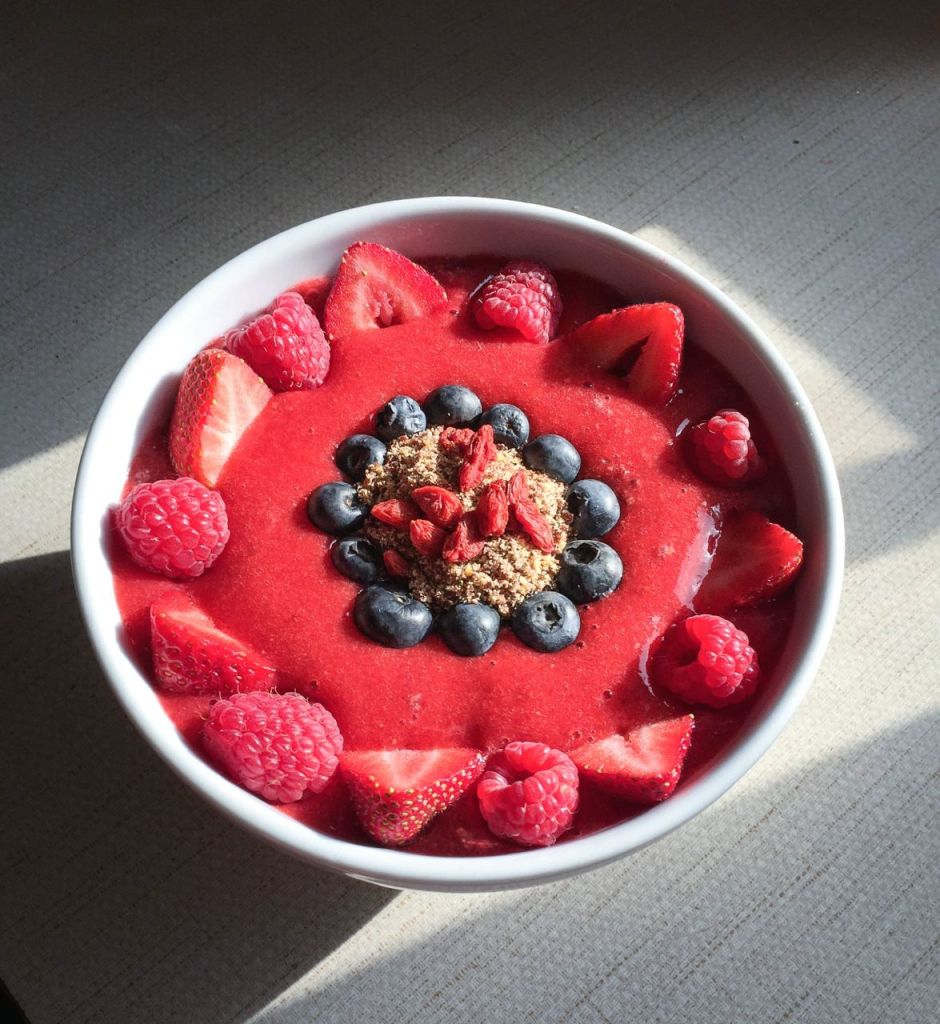
Photo by Danielle Cahoon
Red foods such as tomatoes, watermelons and red peppers contain the phytochemical lypocene which boosts heart health, nourishes your body with antioxidants and has also been shown to cut prostate cancer risk significantly. Additionally, anthocyanins in berries, beets and apples will help your body in controlling blood pressure, fighting free radicals and boosting your memory. Try making this scrumptious smoothie bowl to get your daily dose of red phytochemicals.
2. Orange
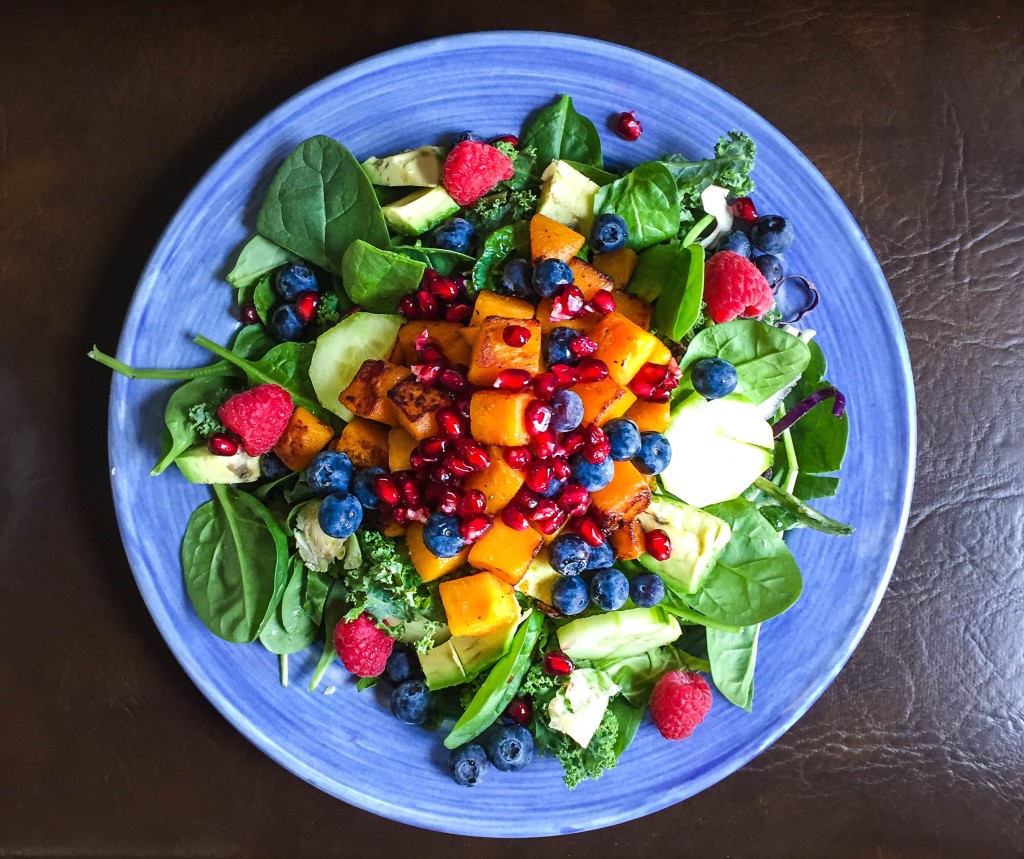
Photo by Danielle Cahoon
The color orange in foods such as carrots, sweet potatoes and butternut squash comes from a phytochemical family called carotenoids. These nutrients can be converted to vitamin A and do wonders for eye and skin health. Additionally, carotene is a powerful antioxidant to support your immune system and protect against lung and breast cancer. Roast a batch of this butternut squash for a complementary side or salad topping to reap the benefits of orange phytochemicals. Orange-you-glad you know about cartenoids?
3. Yellow
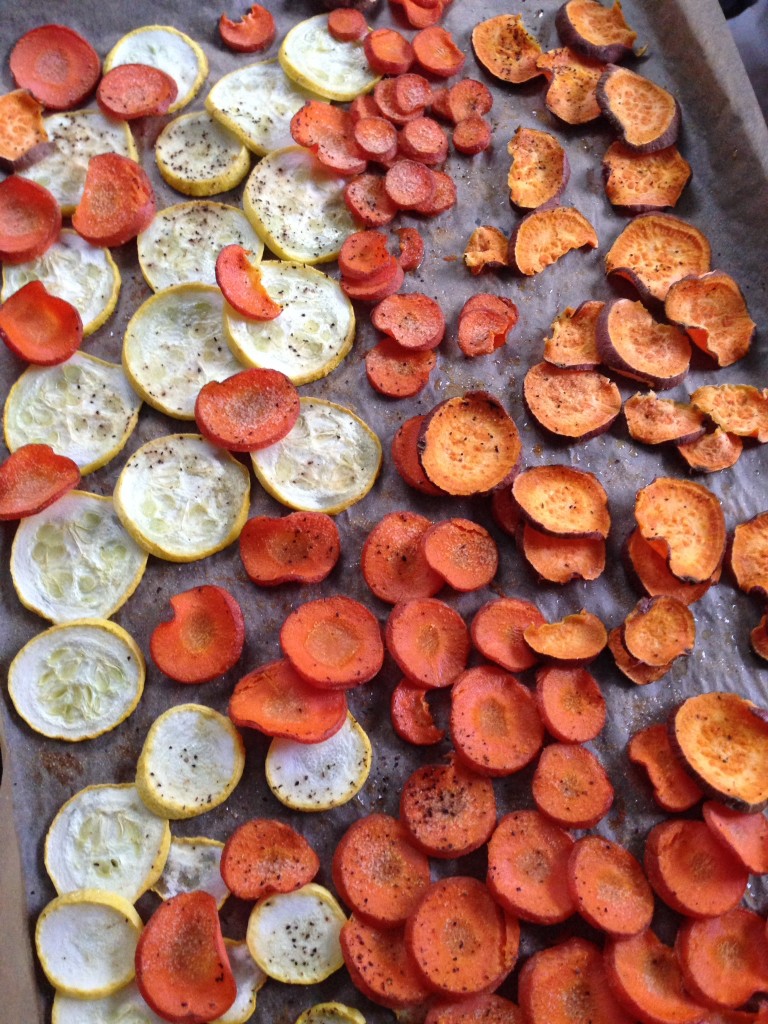
Photo by Danielle Cahoon
Yellow foods such as lemons, yellow peppers, mangoes and yellow squash deliver a hefty dose of flavanoids. These phytochemicals boost collagen for strong bones and healthy skin. They also help detox harmful substances to keep inflammation in check. Additionally, this nutrient works with vitamin C to inhibit tumor growth and reduce risk of cancer. Try making some mango and/or pepper salsa or squash chips for a healthy serving of yellow goodness.
4. Light Green
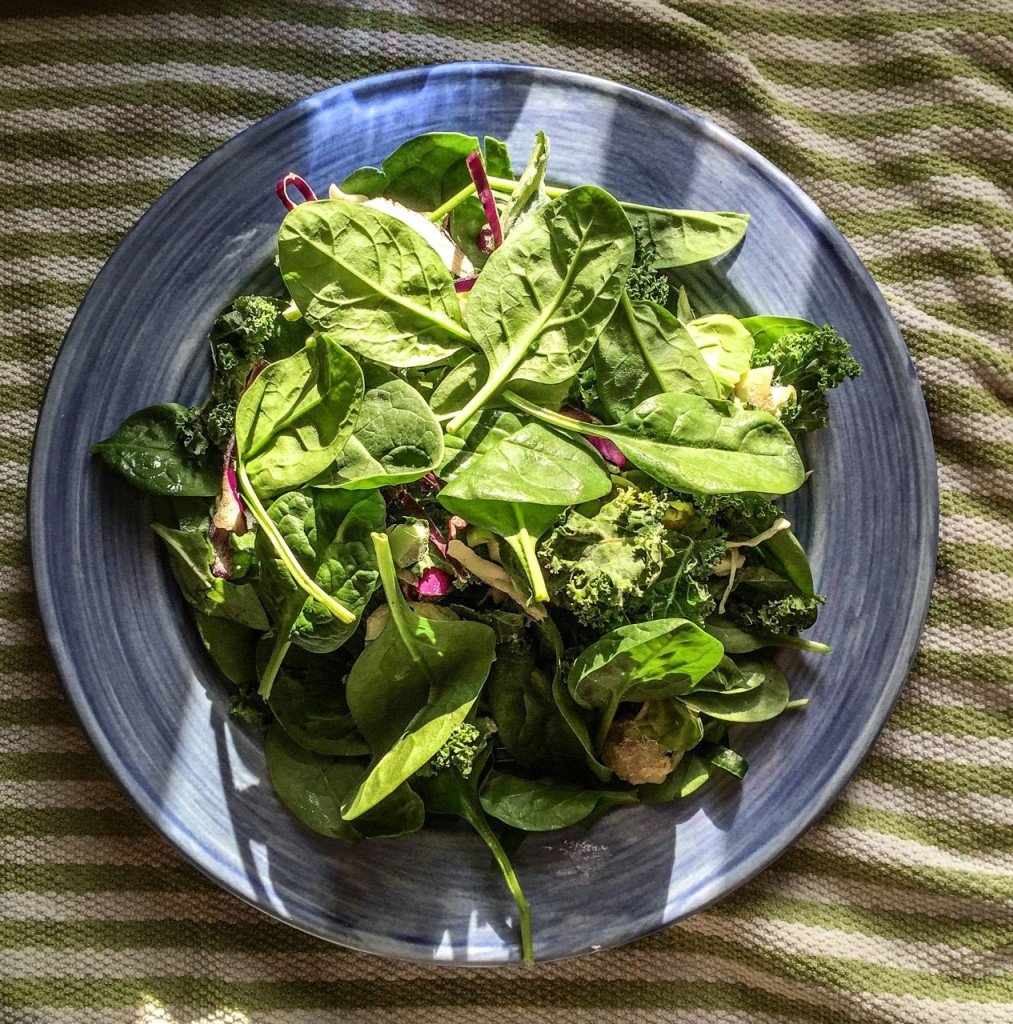
Photo by Danielle Cahoon
Light green foods such as spinach, romaine, avocado, honeydew melon, peas and green peppers contain lutein and zeaxanthin, a powerful antioxidant duo that reduces the risk of cataracts, prevents macular degeneration and preserves overall eye health. Eating light green foods may also help protect against artery blockages. Try making this avocado mousse or add more greens to your salad in order to boost your light green food intake.
5. Dark Green
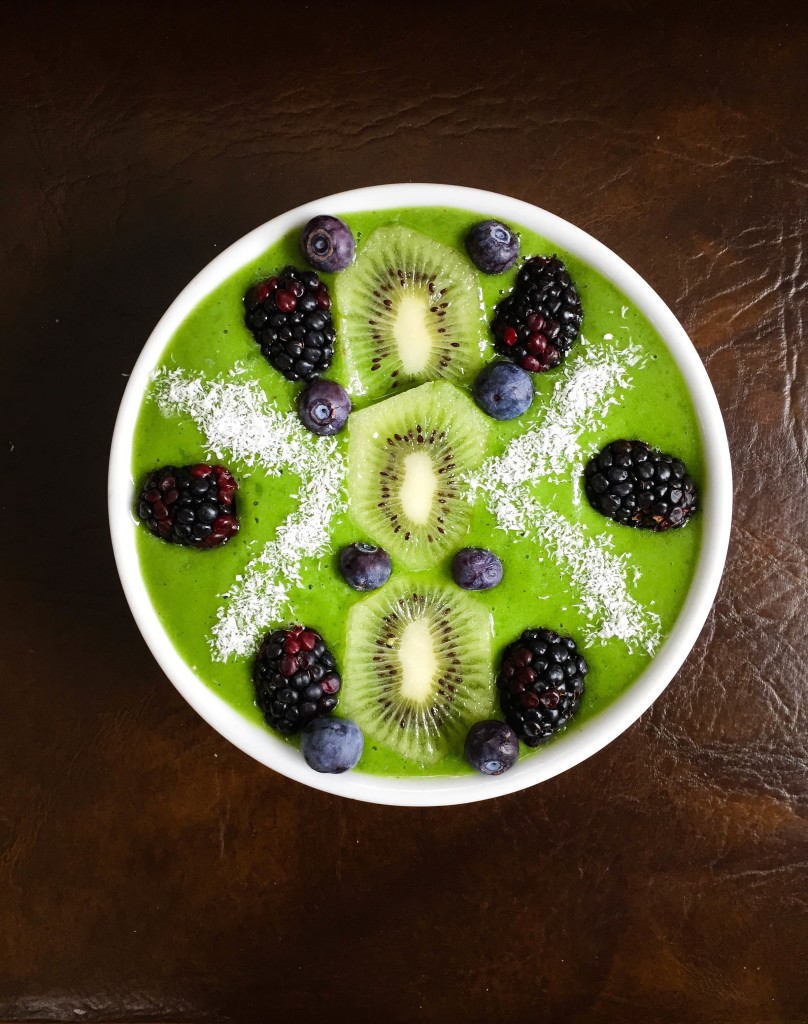
Photo by Danielle Cahoon
Dark green foods such as broccoli, kale and kiwi get their darker hue from high concentrations of a phytochemical called chlorophyll. This nutrient helps the liver and kidneys detox the body of toxins and breakdown disease-causing compounds. Indoles also eliminate excess hormones and carcinogens to protect against breast cancer in women and prostate cancer in men. Whip up a green smoothie to get your daily fill of dark green phytochemicals.
6. Blue/Purple
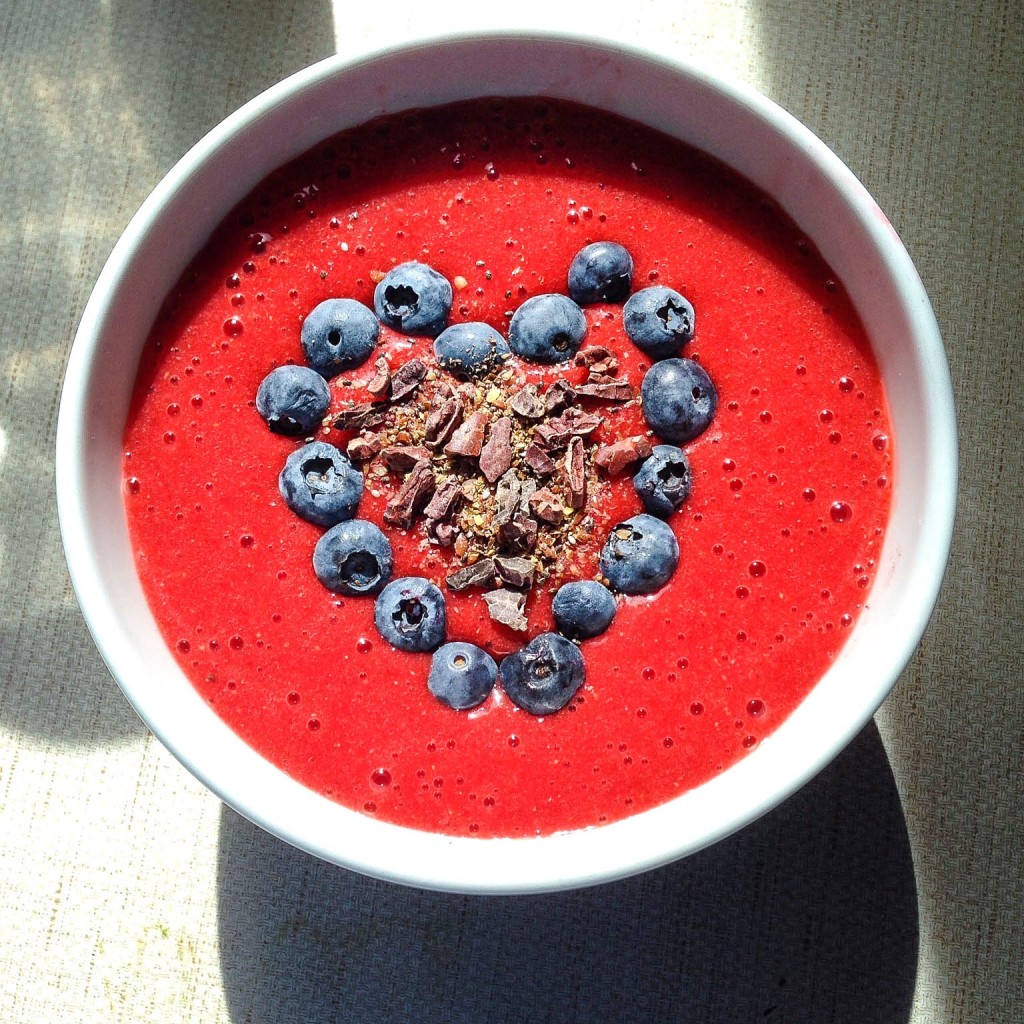
Photo by Danielle Cahoon
Blueberries, blackberries, plums and eggplants have high concentrations of anthocyanins which serve our hearts by inhibiting clot formation and reducing the risk of heart disease. These nutrients also destroy free radicals and strengthen immunity as powerful antioxidants. A half cup of blueberries, for example, provides antioxidant activity equivalent to five servings of peas, carrots, squash or broccoli. Berries make great snacks on their own or can be used as toppings for salads, desserts and smoothies – a tasty addition to any meal.
7. White
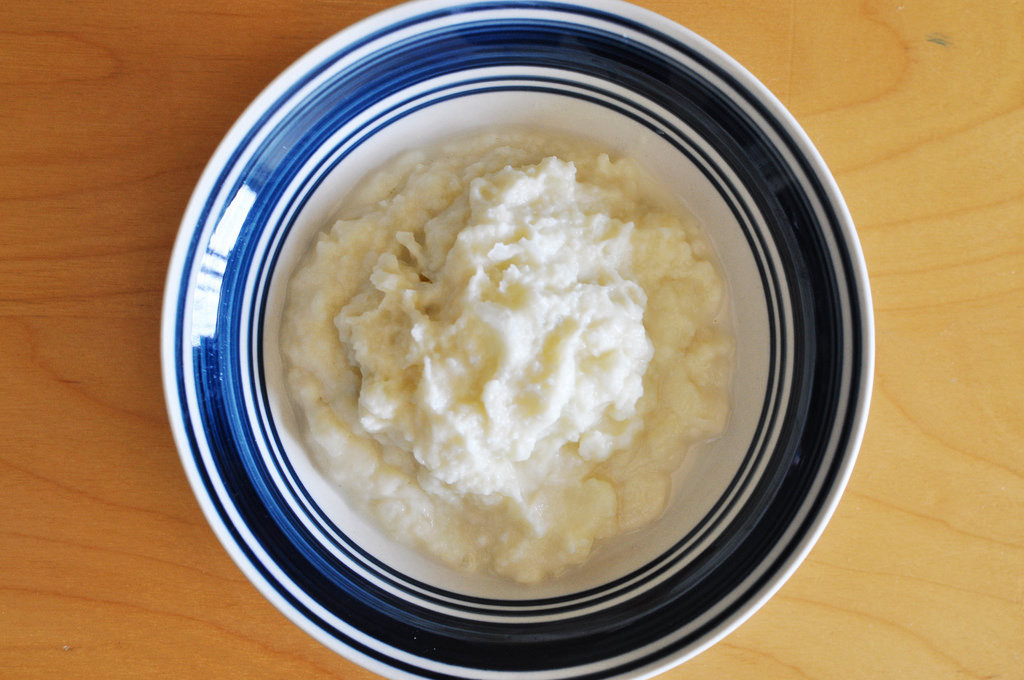
Photo by Paulina Lam
Light colored foods such as garlic, onions and cauliflower contain the phytochemical allicin. Don’t be fooled by their lack of color, these foods are nutrient powerhouses. Garlic for example is a potent antibiotic that has immune-stimulating properties and antibacterial and antiviral effects. Allicin-containing foods are also involved in supporting healthy bones, promoting adequate circulation and reducing cancer risk. Try making this Garlic and Onion Mashed Cauliflower for an allicin-full meal.
Want more colorful, plant-based magic? Check out these articles:


